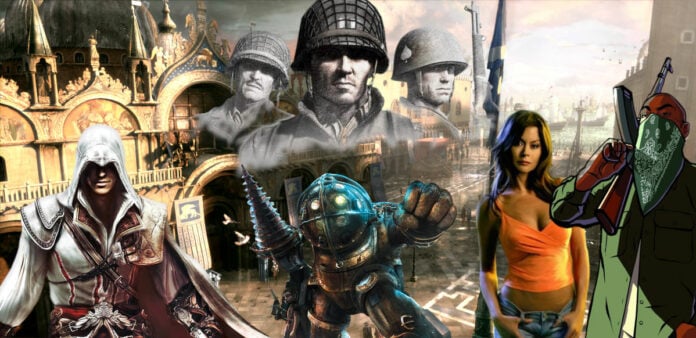Some of the old codgers here at Club386 reckon the ’90s represent the best era in gaming, but for me personally, the 2000s will forever take some beating.
A significant boost in visual realism was brought about by new consoles and PCs capable of running high-definition 1080p games for the first time – life was simpler before all these modern HDR shenanigans. Developers harnessed the extra computing power to push lighting and textures to the next level, gifting us breathtaking graphics in the likes of Crysis, Bioshock, Mirror’s Edge, and the cel-shaded Prince of Persia.
It’s an era in which I happily spent hours and hours honing my gaming skills, and though they’ve not improved a great amount, I’ll always look back fondly. Without further ado, and in no particular order, here are 10 games that have left their mark in one way or another.
The Sims
Released: February 4, 2000 | Developer: Maxis | Shop: The Sims at Amazon
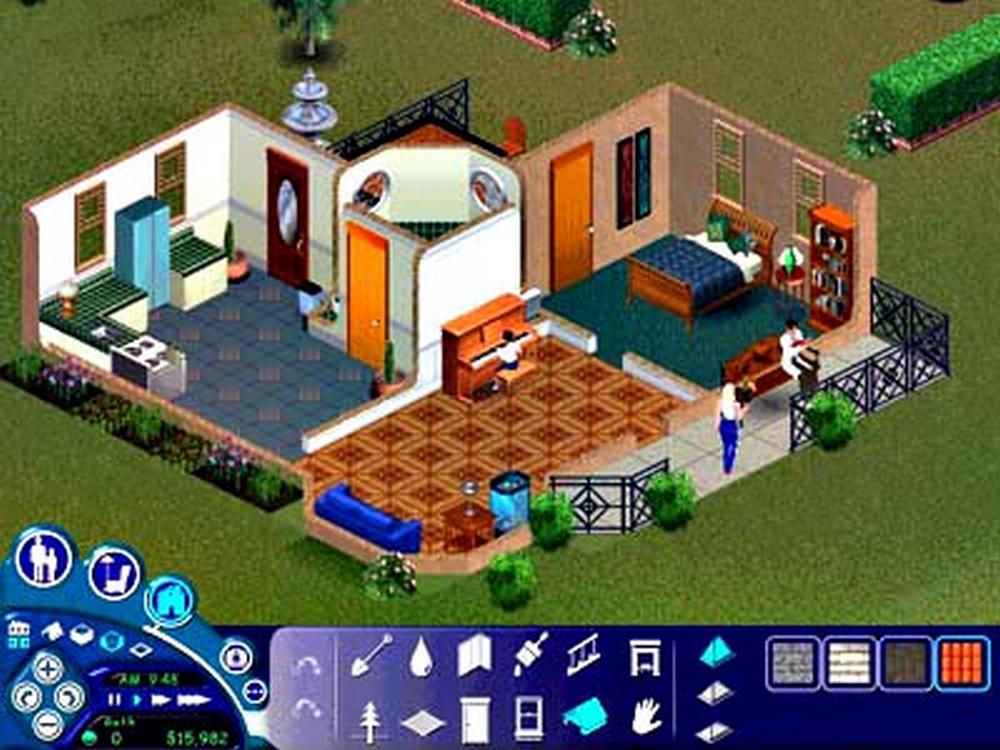
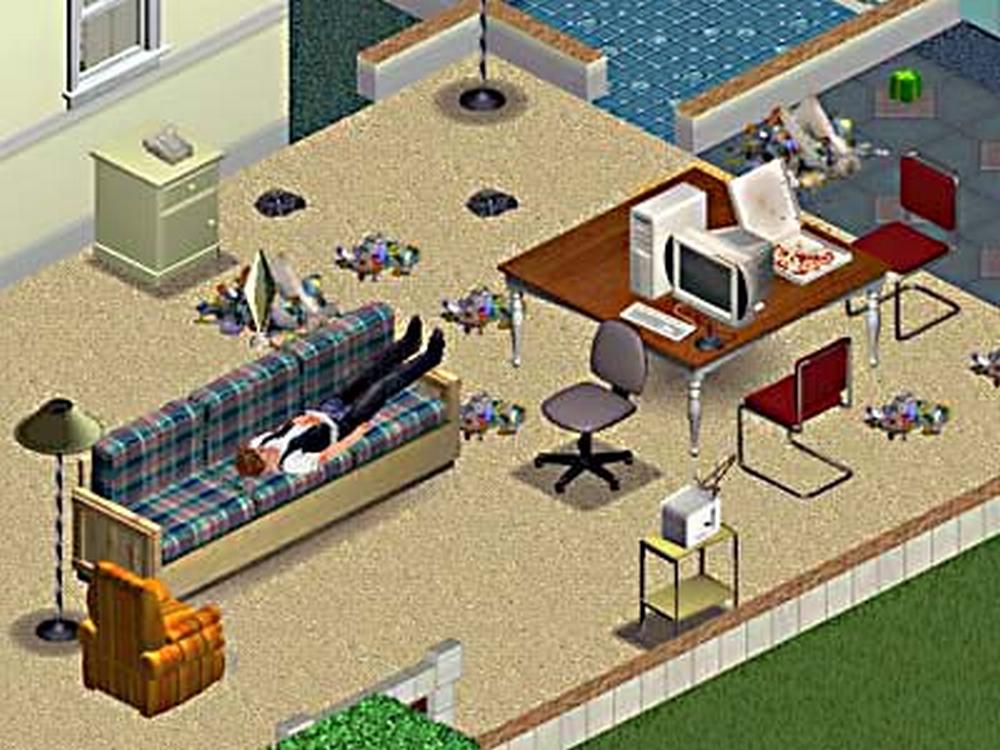
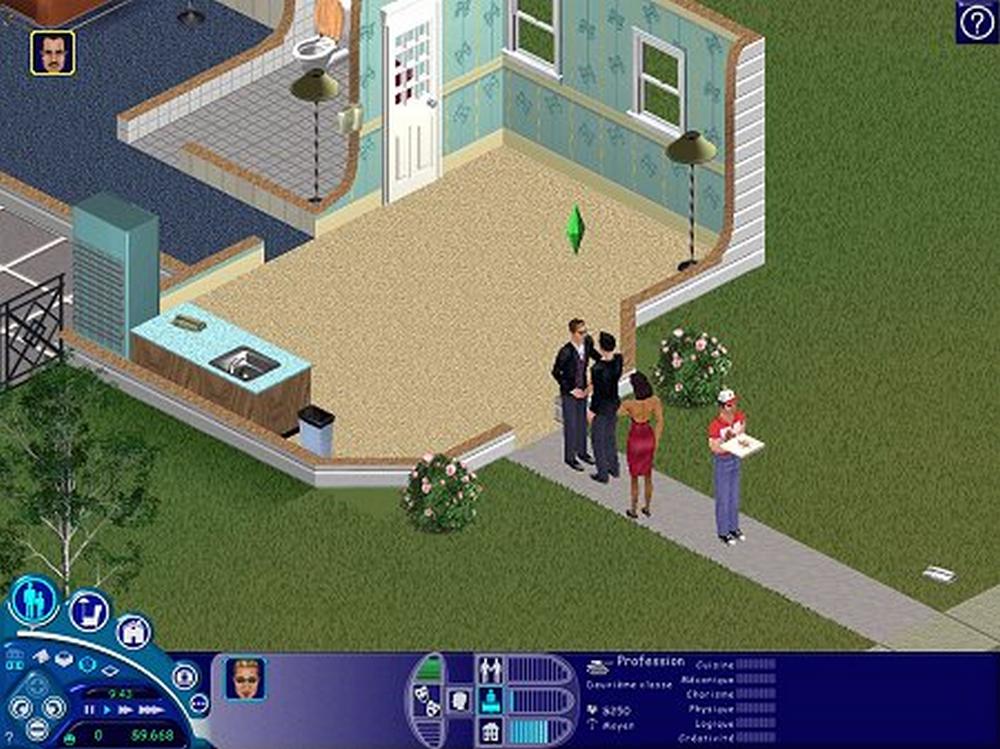
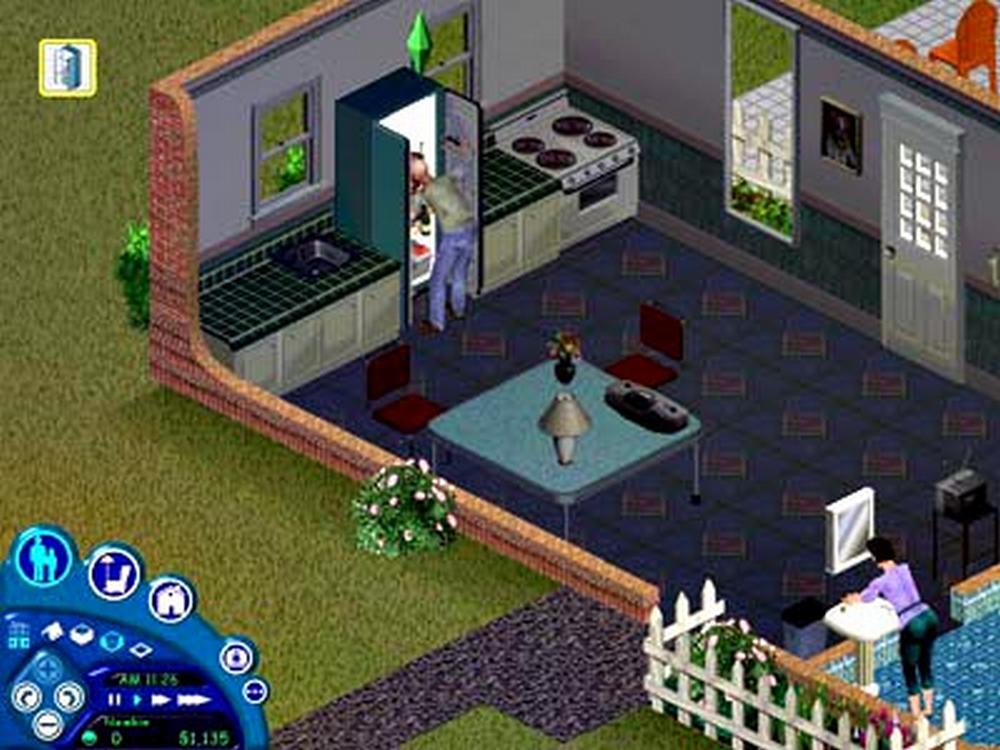
What better place to start then the original Sims, an addictive life-simulation game where we manage one or multiple Sims (characters), guiding them through their daily life, from cleaning their homes or having fun, to finding love or raising children. The developers took learnings from SimCity and superbly transplanted said knowledge into the Sims for a result that speaks for itself – everyone from kids through to adults became obsessed.
The Sims had so many clever details to it, from basic character needs like food, hygiene, and sleep, to advanced aspects such as human interactions and psychological needs. The game went as far as to call child protection services if you don’t take care of your babies. And no, not in real life, it was a simulation, no matter how seriously you took it.
We start the game in a small house with basic appliances and push our way up step by step using the money collected from sending our Sims to work. ‘Realistic’ gameplay meant that each purchase meant something else had to wait for the next paycheck, so planning was mandatory. Then, after surviving the numerous house fires/robbers and raising enough money, one could finally begin building a dream mansion. The good ol’ days, here’s hoping Sims 5 manages to recreate some of that magic.
The Elder Scrolls IV: Oblivion
Released: March 20, 2006 | Developer: Bethesda | Shop: The Elder Scrolls at Amazon
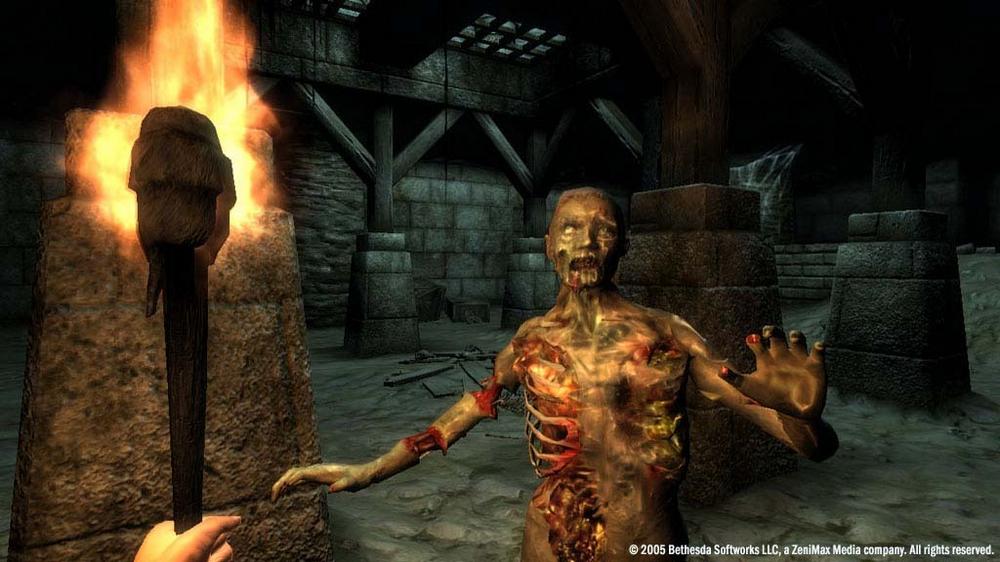
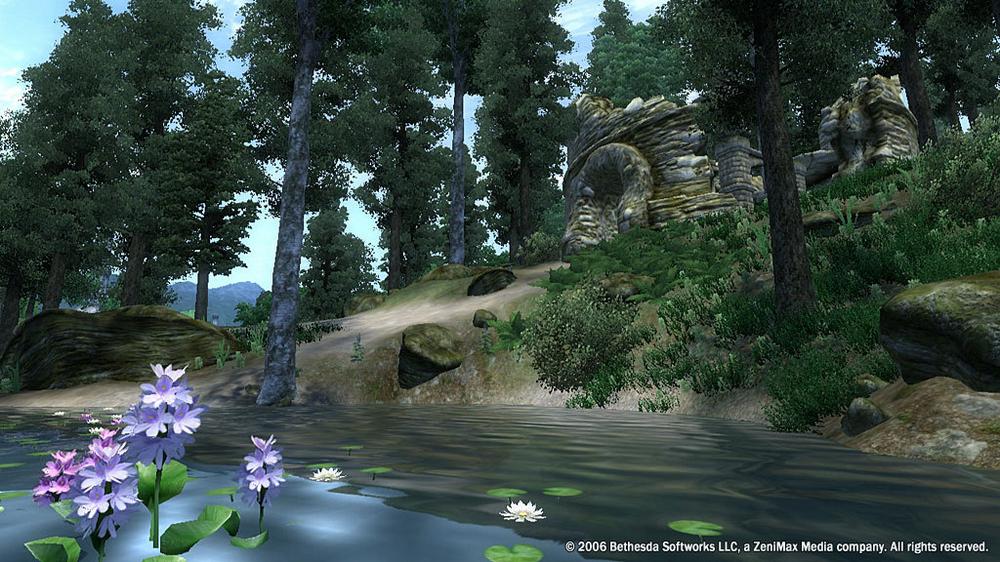
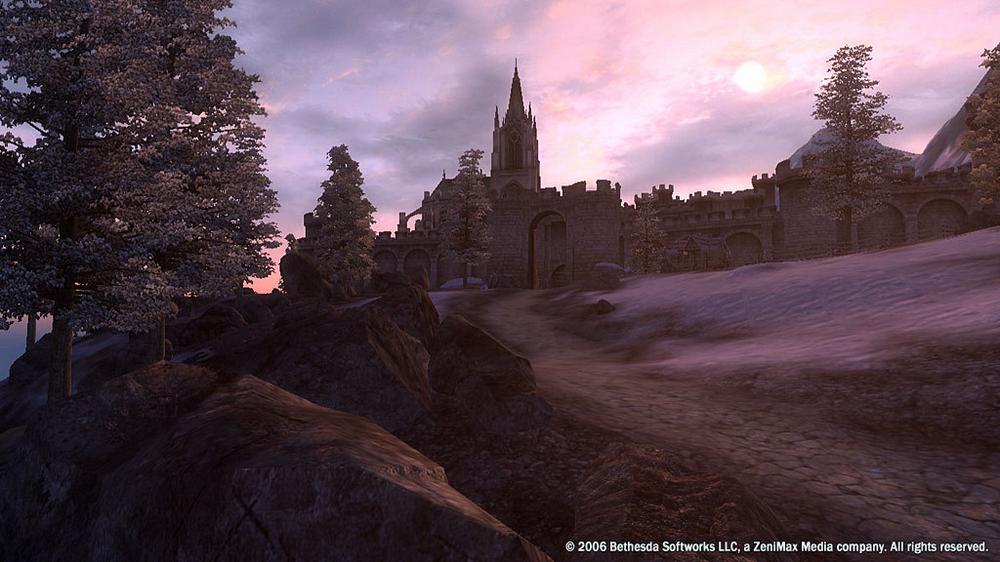
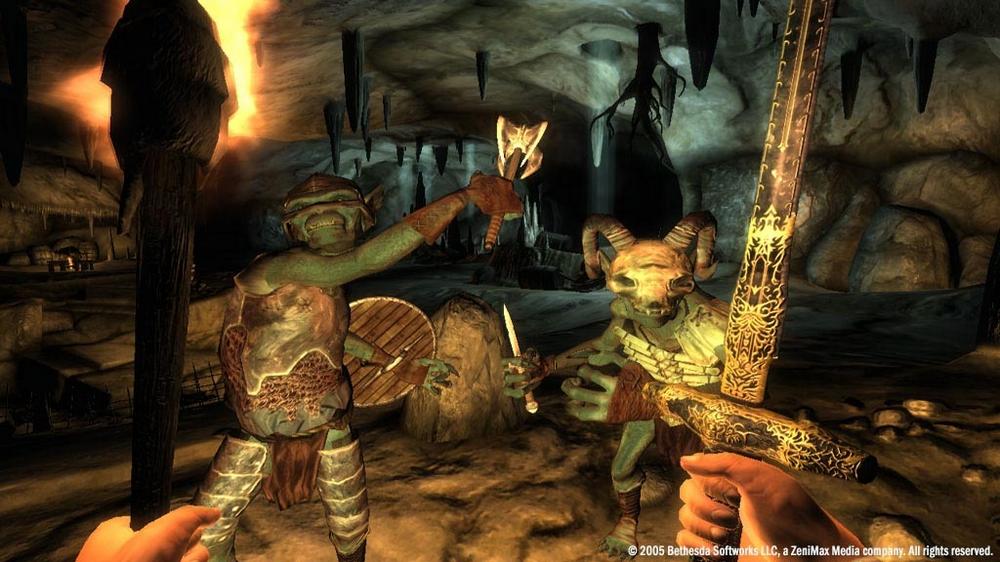
A medieval RPG boasting a vast world filled with dungeons, castles and most importantly enemies to slay, taking what players loved about Morrowind to the next level. Oblivion was the RPG to play, offering many missions and side quests, enough to require beyond 100 hours from those who like to find all the secrets, and allowing it to become one of, if not the most successful Elder Scrolls game of all time.
The game took place six years after Morrowind, and as is customary with the series, we started our journey as a prisoner after making a character using the ridiculously detailed creation menu. Upon leaving the prison, we were free to do whatever we pleased, without intrusive tutorials or progression locks. Young’uns, believe me, It felt liberating at the time.
Obviously, not everything was sunshine and rainbows. The fully voiced NPC’s acting, for example, wasn’t diverse at all, to the point it literally became a meme. The lack of dungeon variety was also lacklustre, but at least the game engine was modifiable enough to allow players to fix stuff they didn’t like.
This is an all-around excellent RPG for its era that many still play to this day, with the aid of graphics mods to improve visuals.
BioShock
Released: August 21, 2007 | Developer: 2K Games | Shop: Bioshock at Amazon
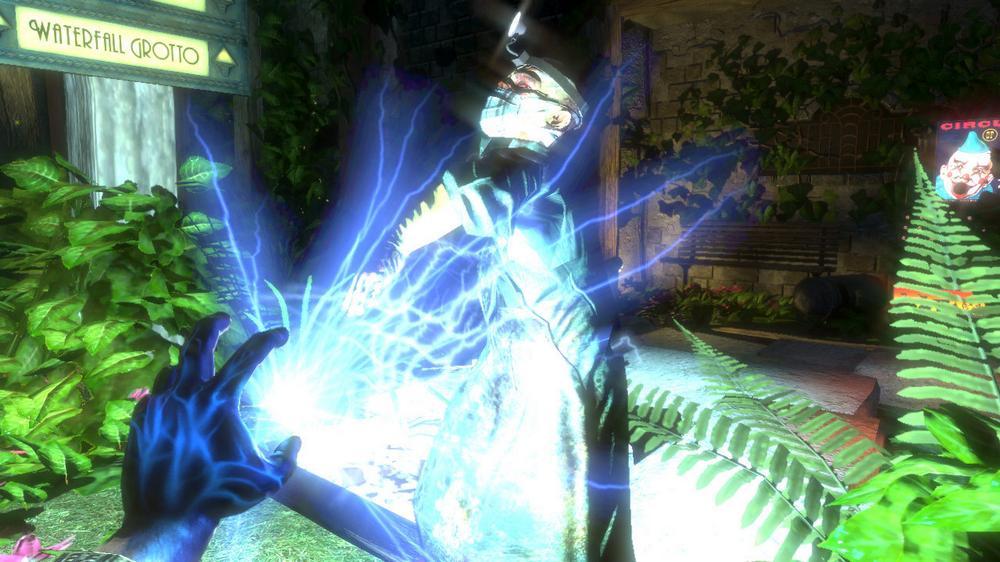
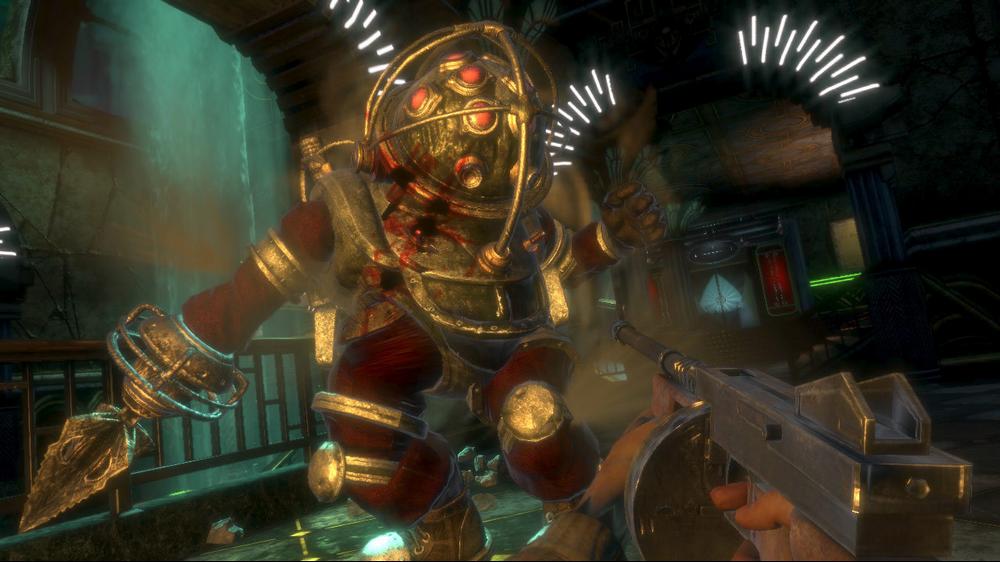
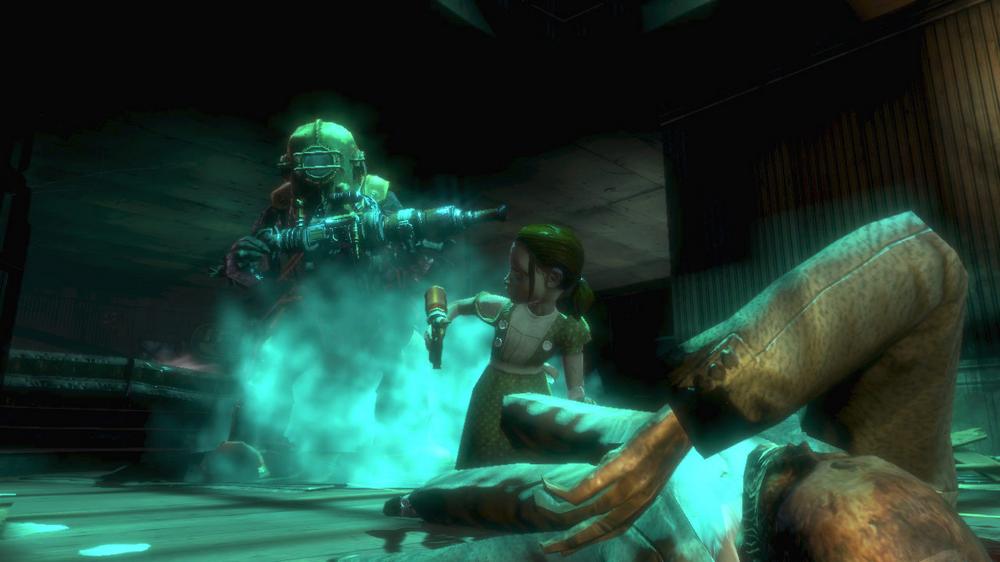
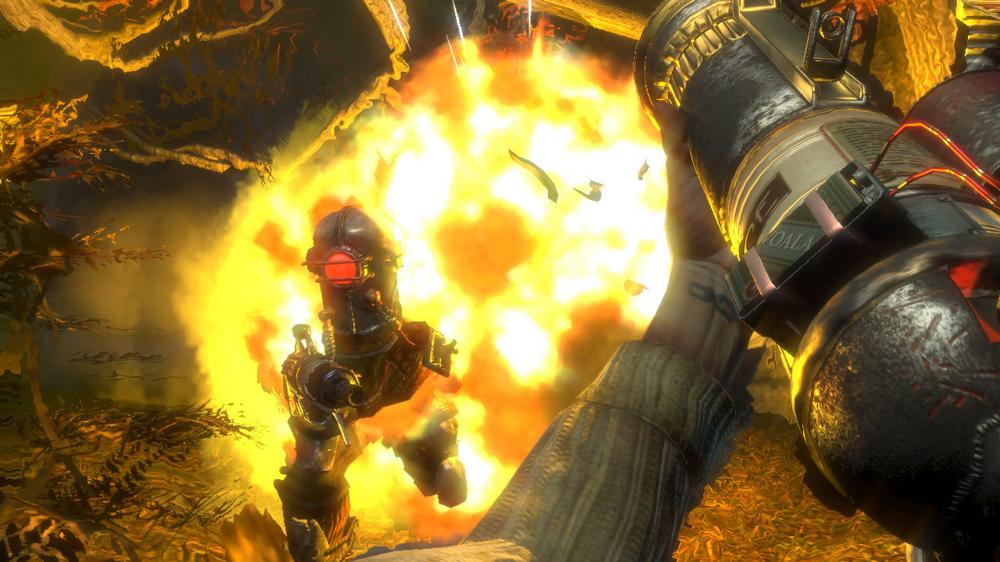
Who can forget the underwater city called Rapture, where something went terribly wrong, allowing anarchy to take place. We play as a plane crash survivor who managed to get inside the city only to face many more dangers. In order to survive we get to find or craft weapons and learn superpowers to battle enemies, all while solving mysteries along the way.
BioShock could be quite challenging – enemies won’t be nice because you upgraded the wrong gun or because you use a controller in an FPS game – and the AI was far from dumb, making fights more rewarding. Additionally, the game is filled with lore titbits to encourage exploration, further immersing the player in this scary yet wonderful world. And if all of this isn’t enough, the game has one of the most memorable story twists. No spoilers here.
Even though the story takes place in a confined environment with the only view of the outside world being through thick glass windows, the game doesn’t feel linear thanks to the level of exploration possible. And the best part is that BioShock still holds up after 15 years in terms of graphics and gameplay, so those who didn’t get into this one yet can still have an excellent time.
Fallout 3
Released: October 28, 2008 | Developer: Bethesda | Shop: Fallout at Amazon
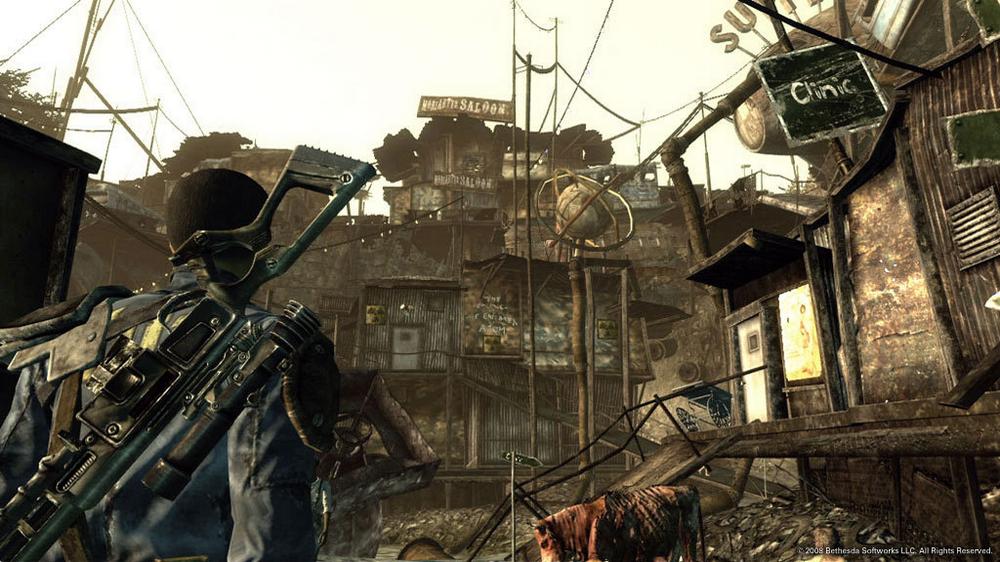
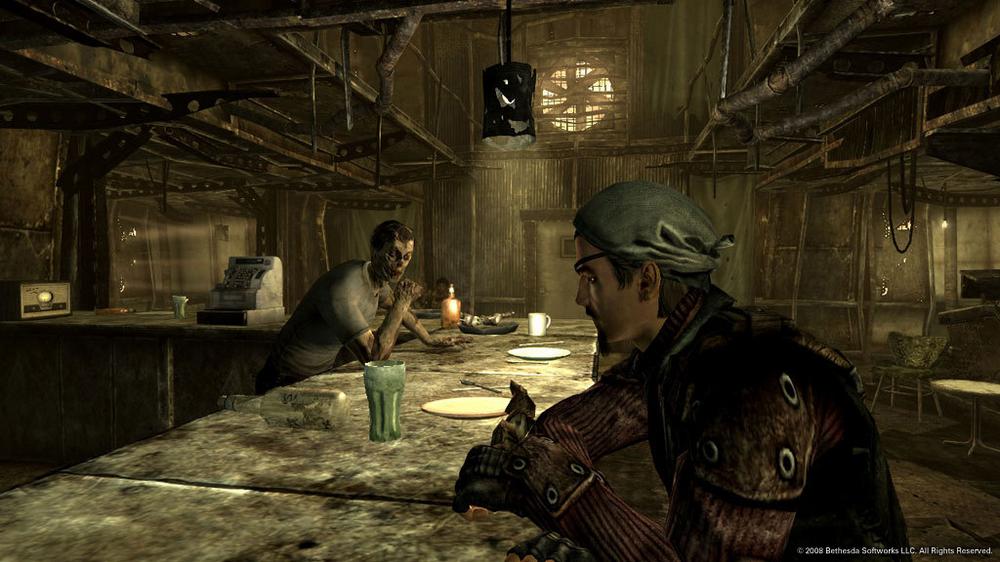
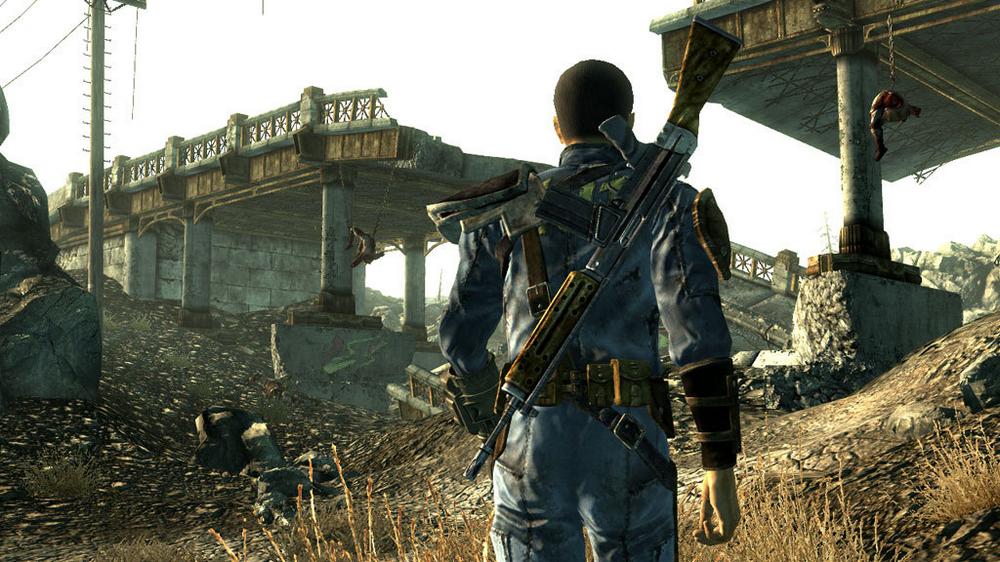
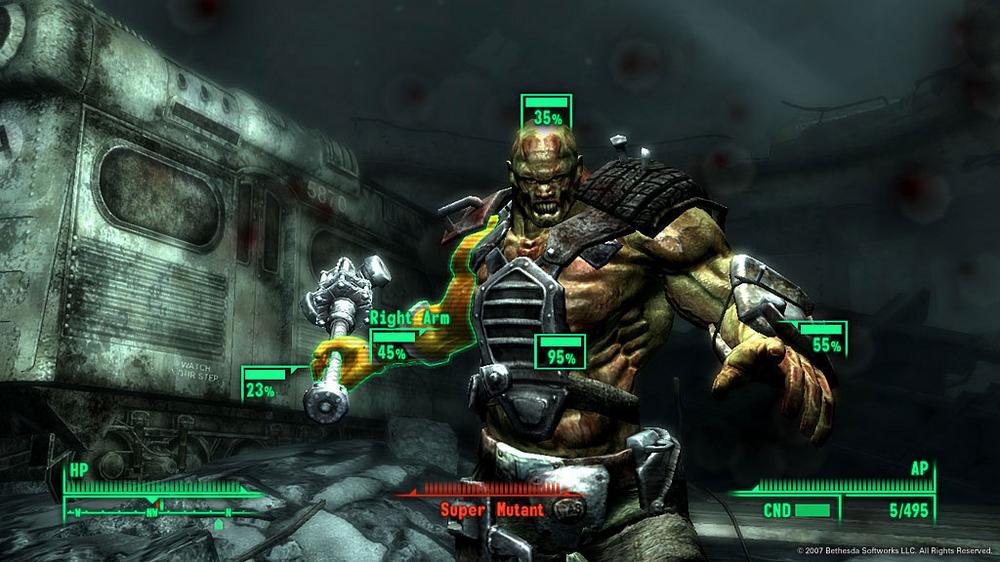
Fallout 3 is a game that hit fans hard (in a good way) when released 14 years ago. Packing all that is needed for a good RPG, it included a fairly long story, a fresh postapocalyptic universe (many RPGs opt for a fantasy/medieval setting), and a heap of loot, weapons and character customisability.
The upgrade system proved highly flexible offering a wide range of abilities to unlock depending on the desired play style. In many instances the game allowed the players to get what they sought by convincing an NPC using charisma, sneaking to steal the wanted object using stealth and lockpicking, or going guns blazing with a full armour set and a lot of HP. There is even the possibility to detonate a nuke inside a city, though that would be badly received, to say the least.
While the game may look like an FPS at first glance, it’s more of a hybrid with tactical tendencies. Players are encouraged to use the Vault-Tec Assisted Targeting System (VATS) to aim at weak spots (if possible) in order to finish the battle without losing HP or wasting ammo. And by the way, aiming at the head each time wasn’t the best tactic. Not only because it most likely had the lowest chance of successful attacks, but also because hitting other body parts carried its own benefits, from making enemies drop their guns to stopping their movement by tearing their legs apart. Yep, there was no shortage of gore in the ’00s.
Diablo II
Released: June 28, 2000 | Developer: Blizzard | Shop: Diablo at Amazon
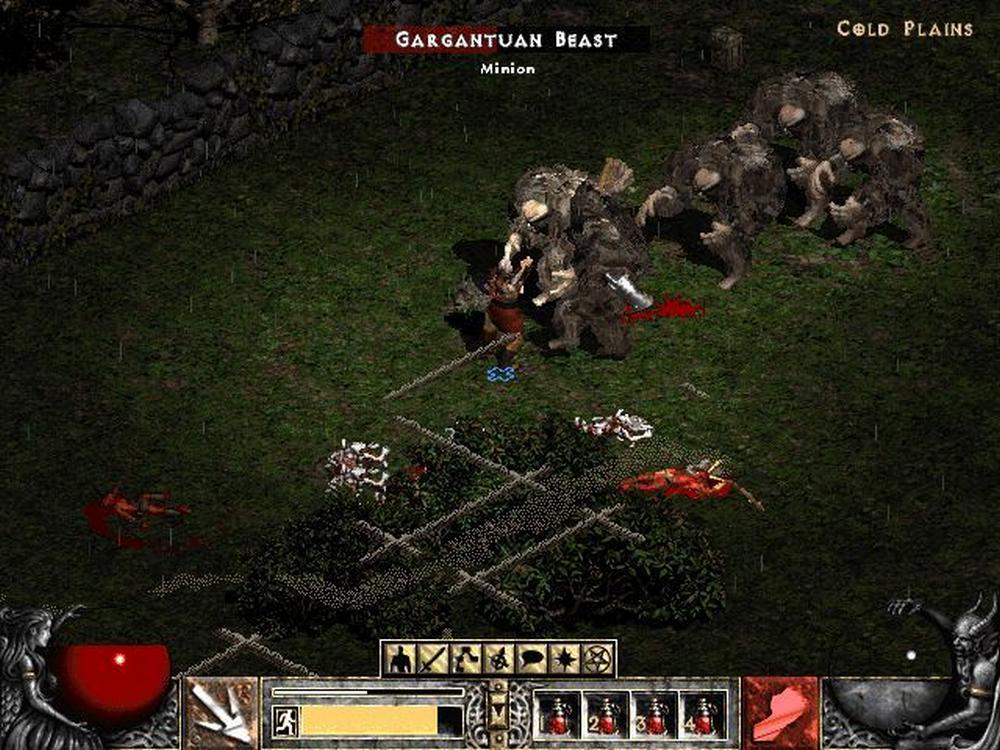
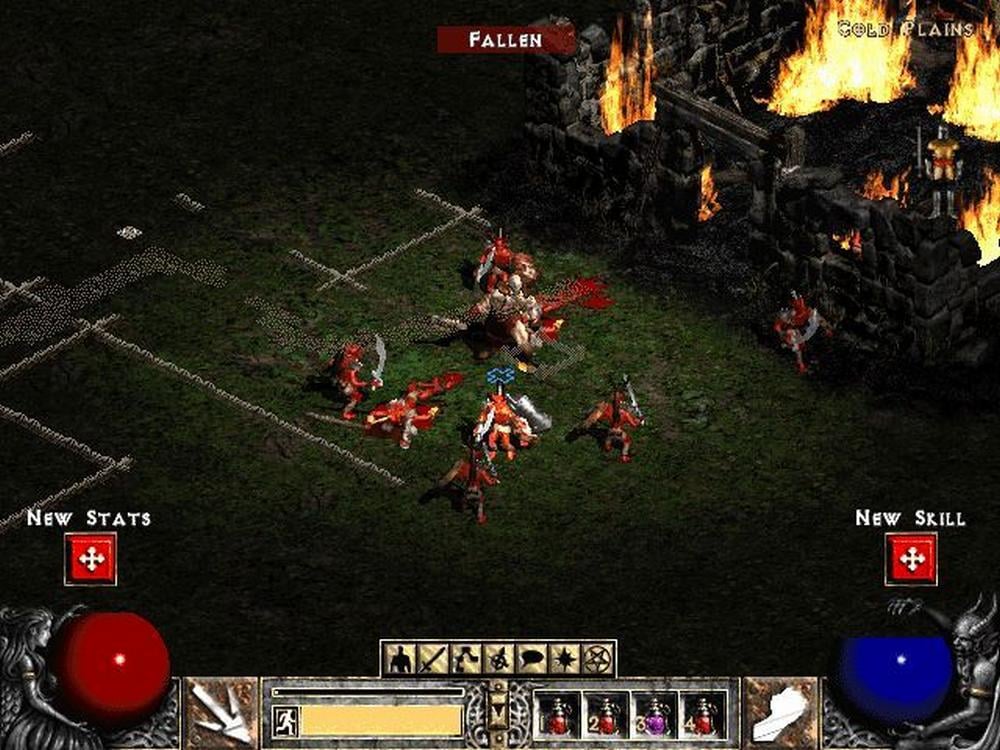
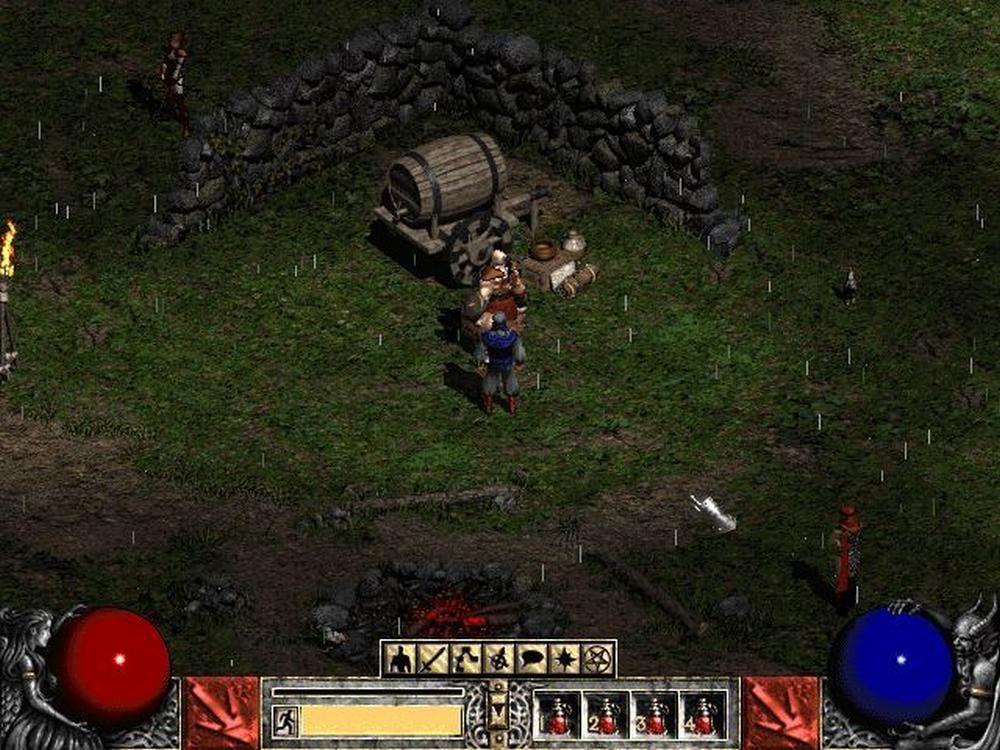
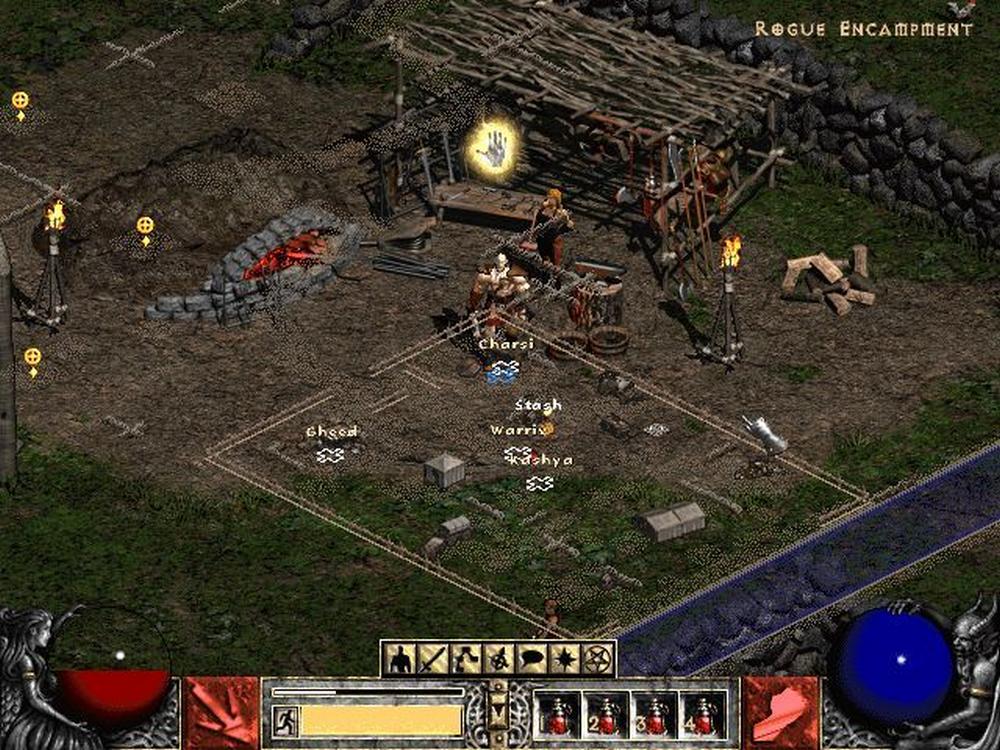
Diablo II is a chaotic Hack ‘n’ slash action-RPG that is still to this day considered as one of the best games ever released. Its gothic style and atmosphere are excellent adding to the wealth of biomes and monsters, heck there is even a map filled with angry cows. Replayability is very good thanks to the seven different characters available, the massive loot table, and a myriad possible builds.
Realising that players appreciate good old-style games rather than live-service cash cows, Blizzard chose to remaster this 2000 treasure, resulting in 2021’s Diablo II: Resurrected. The core gameplay/character progression were well-tuned and satisfying, showcasing what Blizzard was capable of before going full-on microtransactions (Overwatch 2, ehm). Maybe things will go back to basics with the release of Diablo IV on June 6; that’s a title we can’t wait to play.
Grand Theft Auto: San Andreas
Released: 26 October 2004 | Developer: Rockstar | Shop: Grand Theft Auto at Amazon
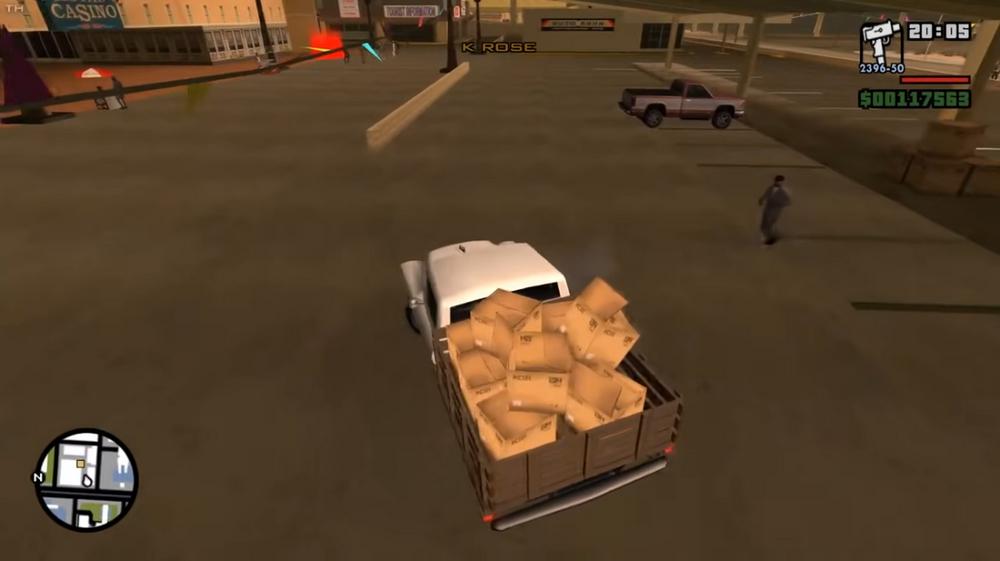
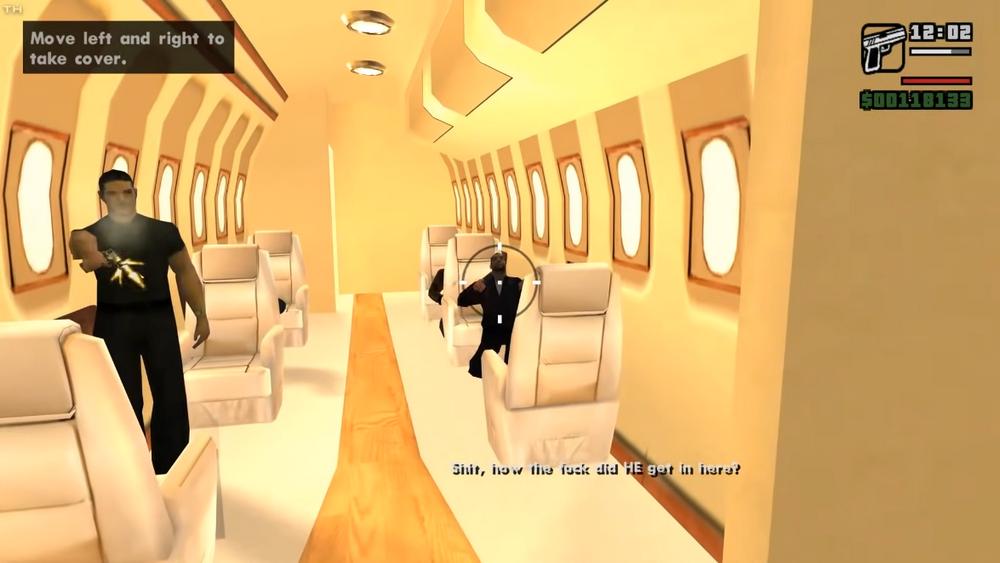
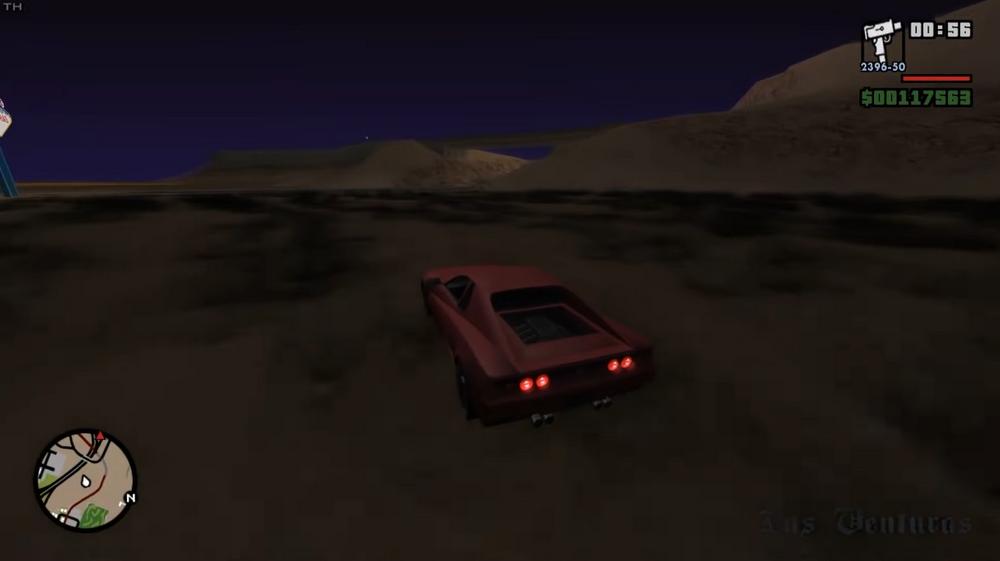
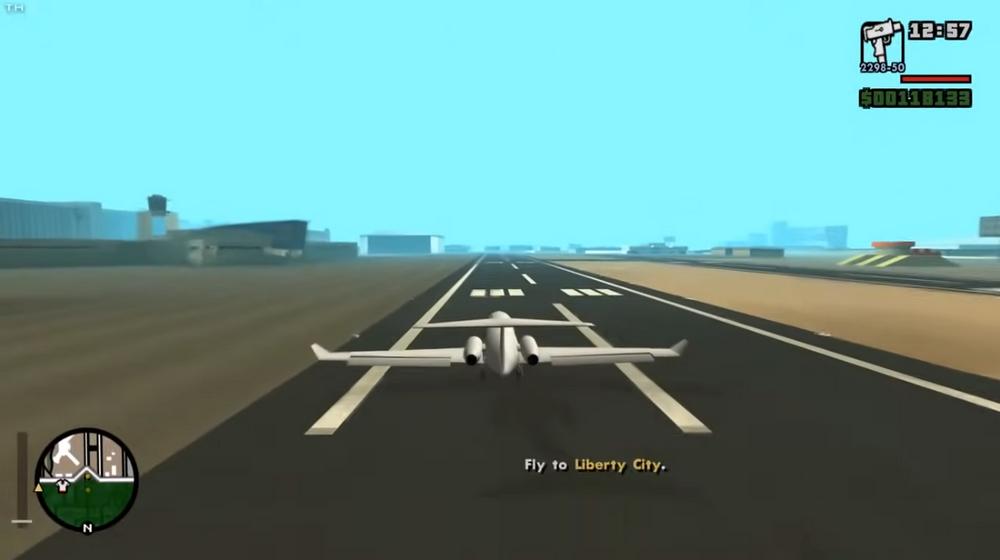
Doesn’t need any introduction, does it? Forging memories with so many unforgettable moments, San Andreas is the GTA to go back to when needing limitless fun. There are so many things to do, I don’t even recall them all, but we all remember the highlights. Getting a bunch of guns and ammo, looking for the first police patrol to start blasting. Playing as a taxi driver or a firefighter is nice, too, but nothing beats using a cheat code to spawn a tank and burn the city down.
Helps that the story was excellent. Burning the weed farm was a whole lot of fun (I am not a pyromaniac), and the Saint Mark’s Bistro mission where we go back to Liberty City (GTA III’s map) was fabulous. Contrary to Vice City, the mini helicopter mission wasn’t that horrible for a change, though the same can’t be said for the train missiong – Wrong Side of the Tracks – due to Big Smoke’s terrible aim. Even the great games had weak points.
While GTA IV and V offer many side quests and role-play mechanics, San Andreas had that unbeatable nostalgia factor. With such a good foundation, the modding community continues to make new stuff such as HD enhancements and online multiplayer.
Need for Speed Underground 2
Released: November 9, 2004 | Developer: EA Black Box | Shop: Need for Speed at Amazon
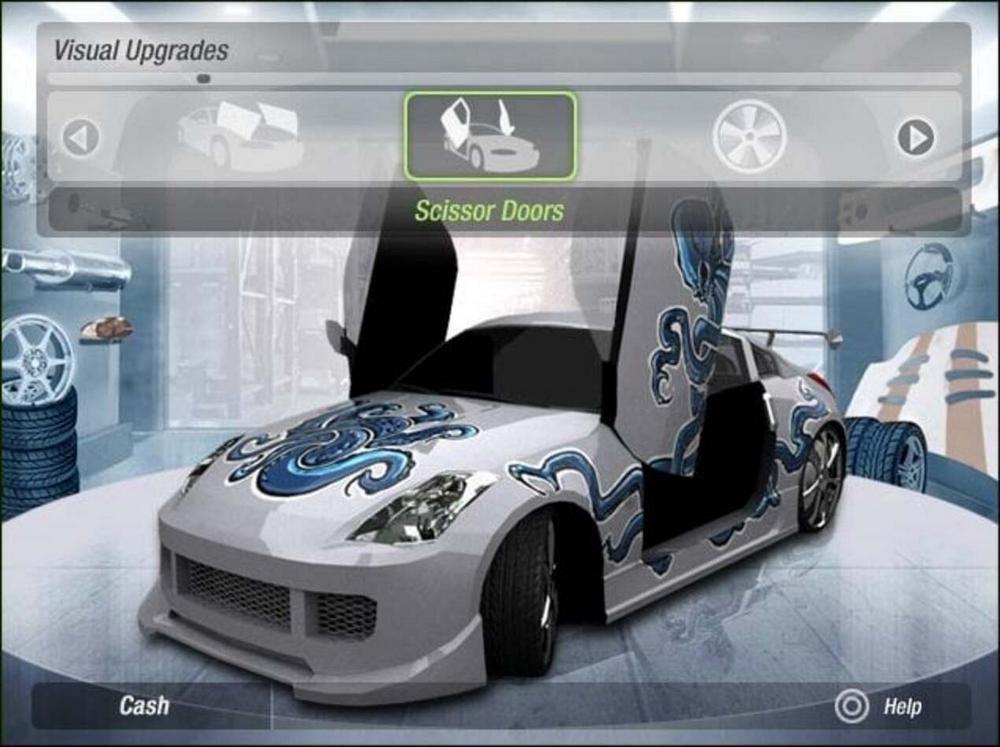
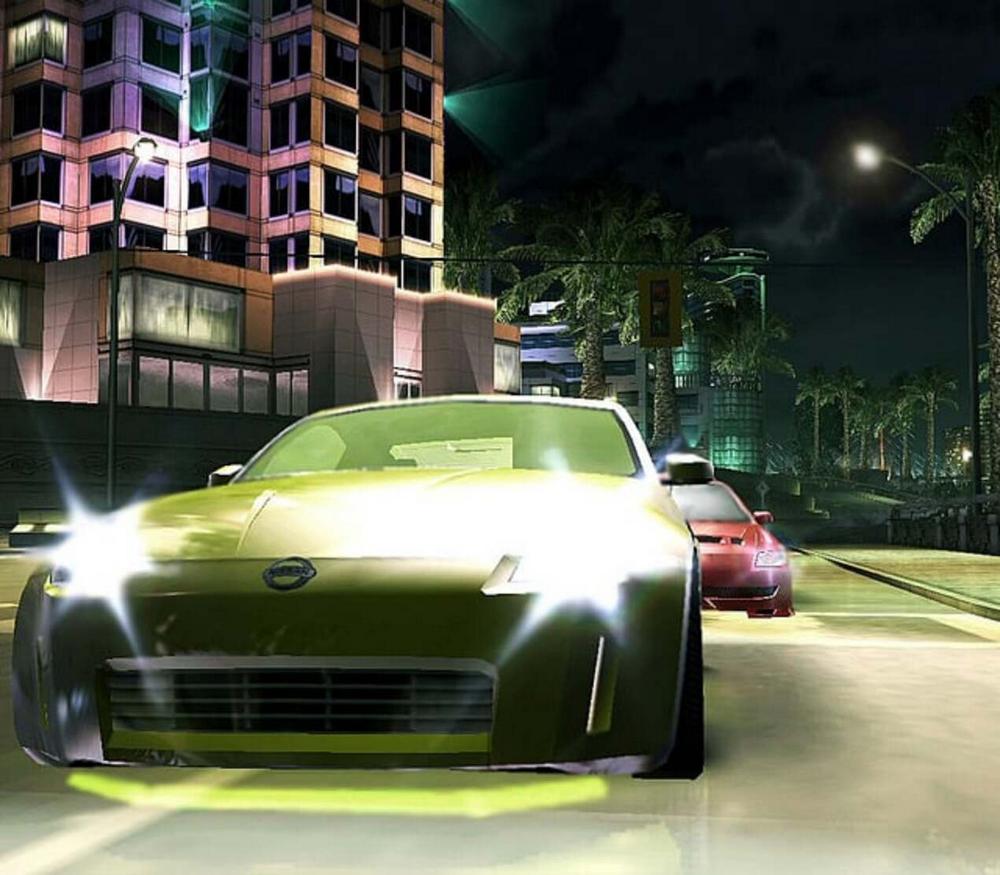
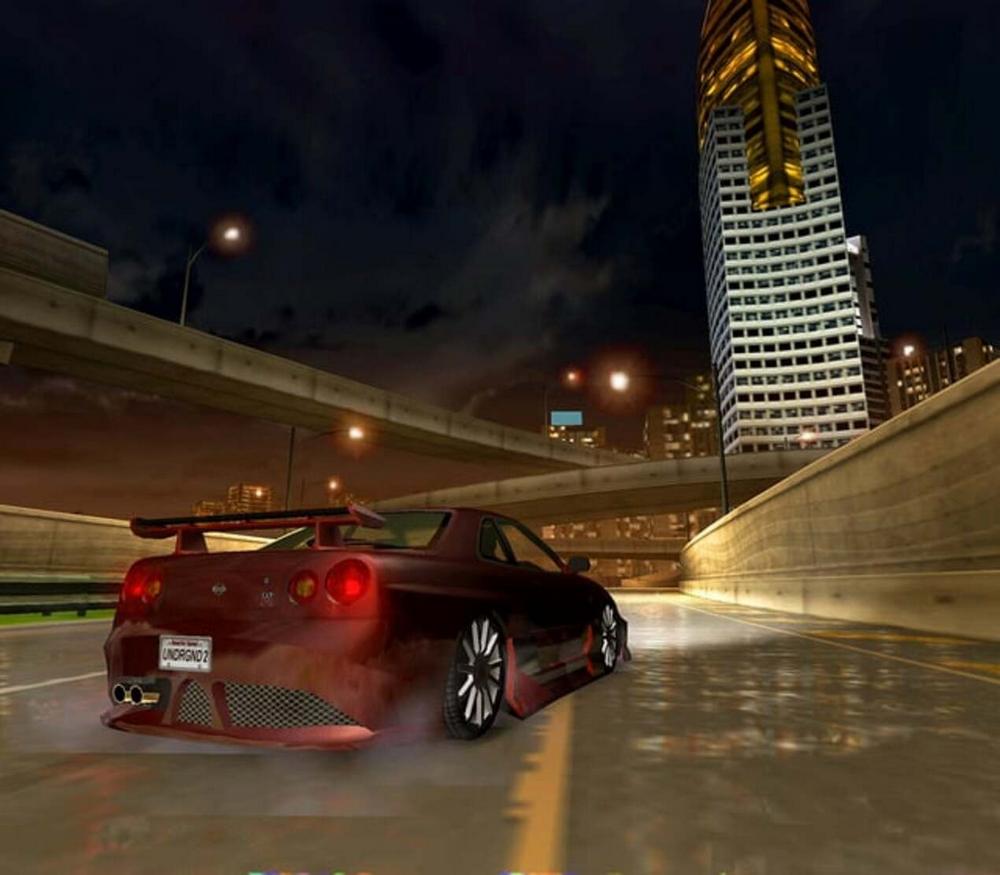
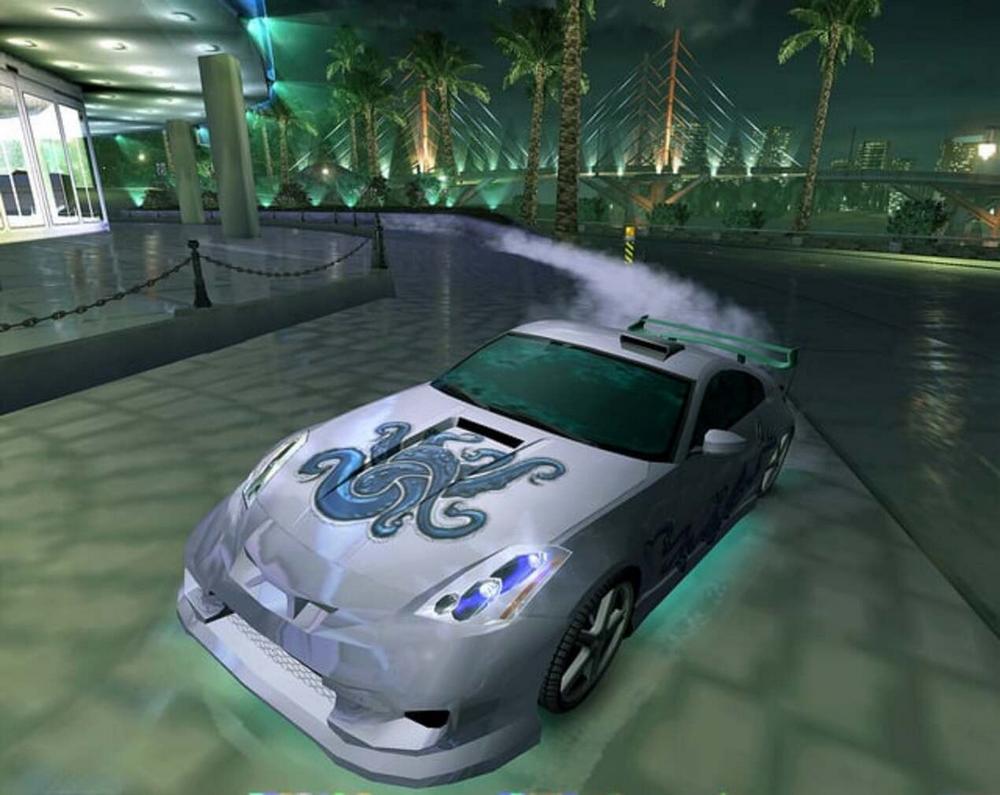
Underground 2 is another one that brings us back to simpler times when games were released with all their content right away, i.e. no DLC spam, no mandatory internet connection, and most importantly, no microtransactions. For many, Underground served as introduction to car tuning which was very popular in Japan during that time. Surfing on the success of its predecessor, EA released Underground 2 which took the racing/tuning concept and ran with it, leaving us with some of a most memorable game.
Ever dreamt of driving the Fast and Furious Nissan Skyline, a pink Lamborghini Murcielago with blue lights, or a 450 Horsepower Honda Civic sleeper? Underground 2 was able to realise those dreams. The tuning level was so high, the game even allowed adjustments to gear ratios, stuff that most racing games can’t do now let alone back then. Few driving games have surpassed that level of customisation depth, and sure, the gameplay was arcade and there was no advanced car destruction, but for the time this was top-notch.
For me personally, Underground 2 goes toe to toe with NFS Most Wanted, meaning that I am still waiting for the day these two get blended together to give birth to the ultimate Need for Speed.
Assassin’s Creed II
Released: November 13, 2009 | Developer: Ubisoft | Shop: Assassin’s Creed at Amazon
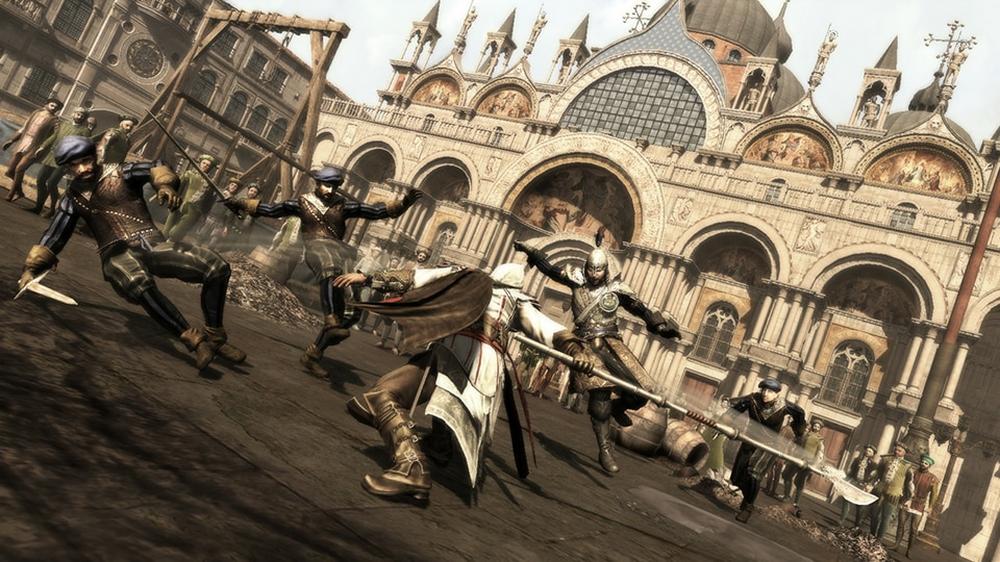
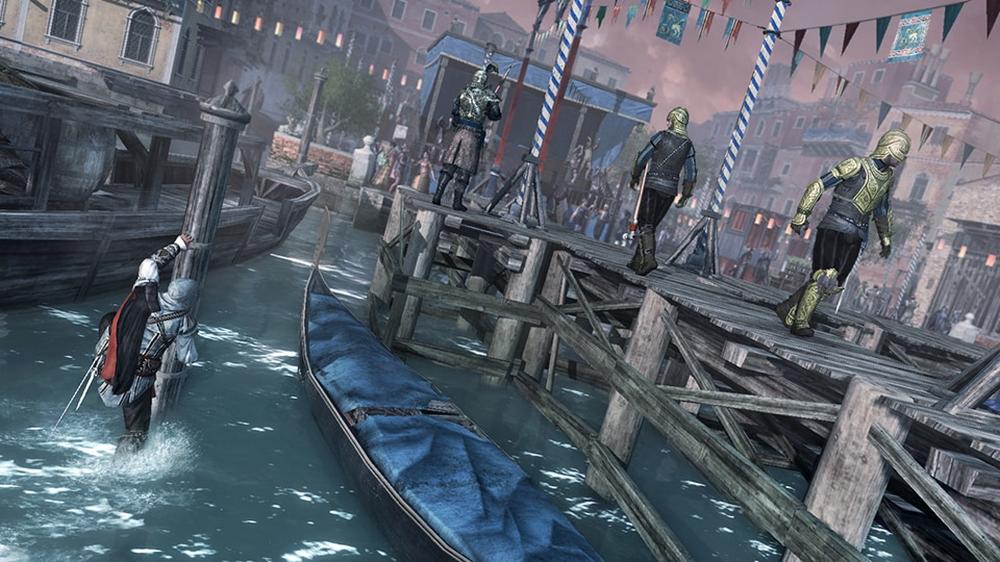
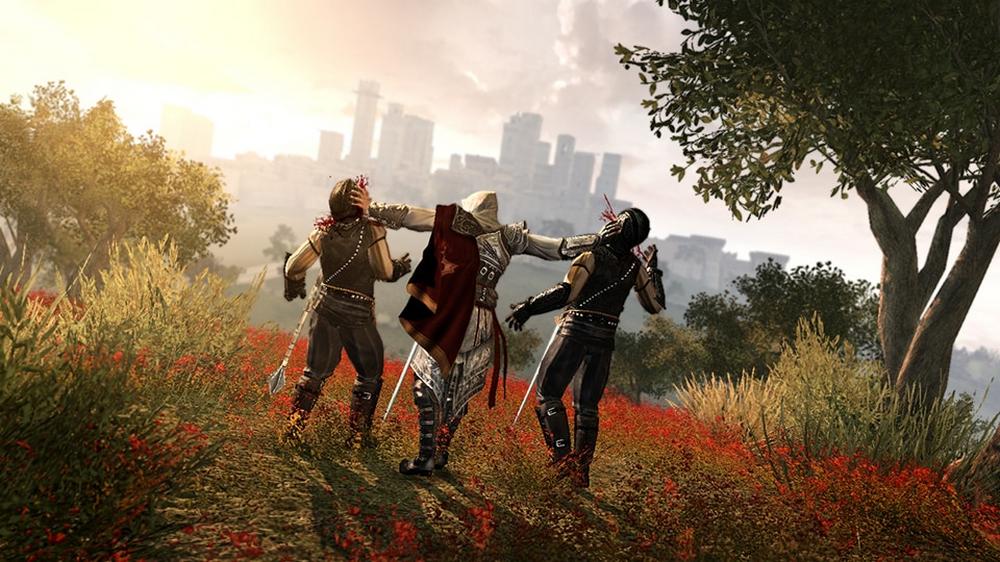
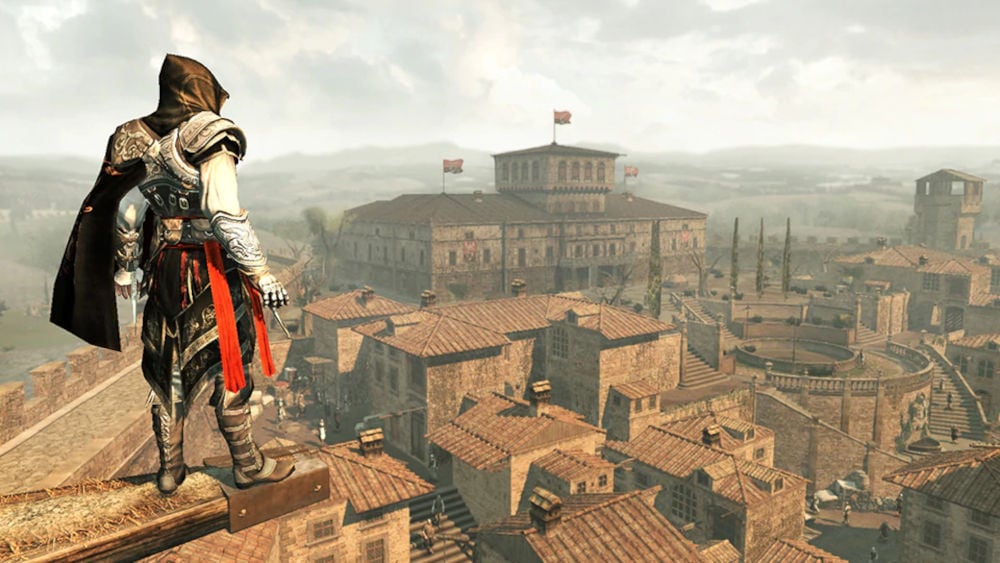
A follow-up to the revolutionary Assassin’s Creed, this 2009 sequel marks the appearance of a new charismatic protagonist whom we get to know more about in subsequent games, named Ezio Auditore da Firenze. The game takes place in renaissance Italy with all its magnificent buildings representing a welcome change from the first game’s relatively dull colour palette. And don’t get me started on the beauty of Venice architecture.
The game featured a lot of different weapons from swords and axes to stealthier tools like the throwable knives or the well-known hidden blades. Both the platforming and fighting animations were vastly improved with new finishers and ways to travel around the map. The stealth had also improved, leaving the player the choice between distracting the guards, or simply calling help and going head-to-head in a fight.
Combining all the above with a more varied mission set resulted in an outstanding game that even after 15 years is still fun to replay. And it’s for this reason that even though it isn’t the first to bring us this new game type, to many, it, alongside AC Brotherhood and AC Revelations, are still the most revered.
Call of Duty 4: Modern Warfare
Released: November 5, 2007 | Developer: Infinity Ward | Shop: Call of Duty at Amazon
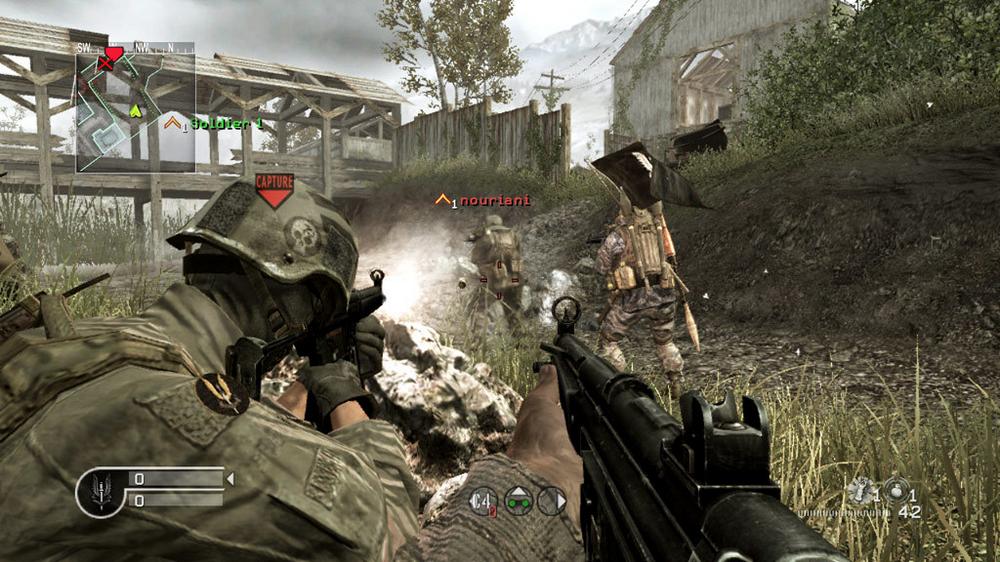
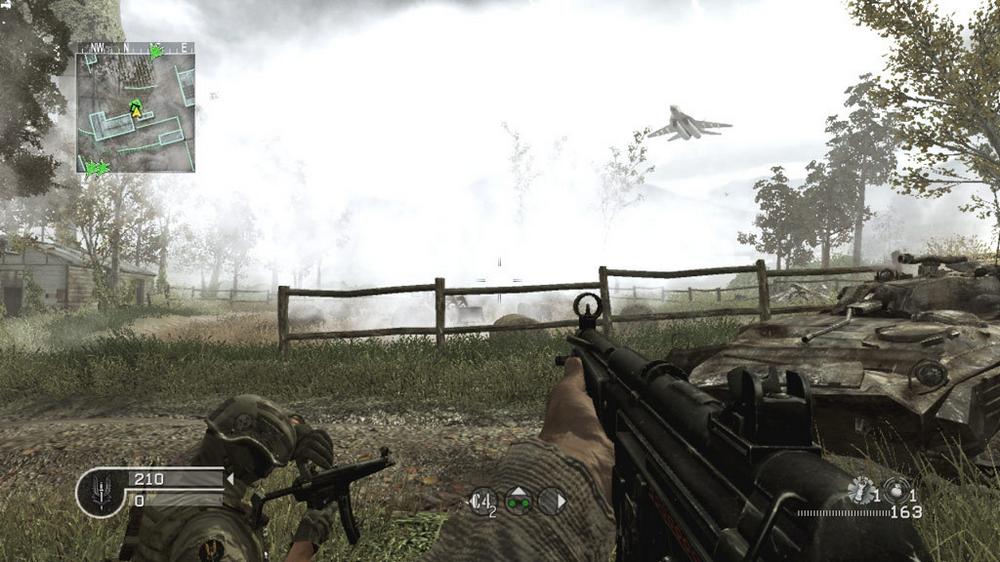
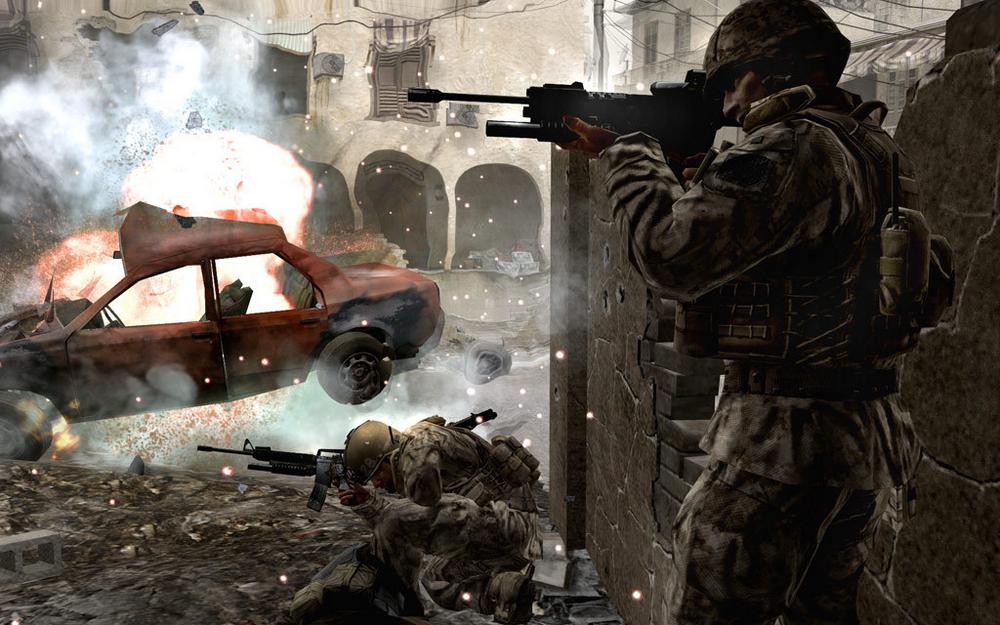
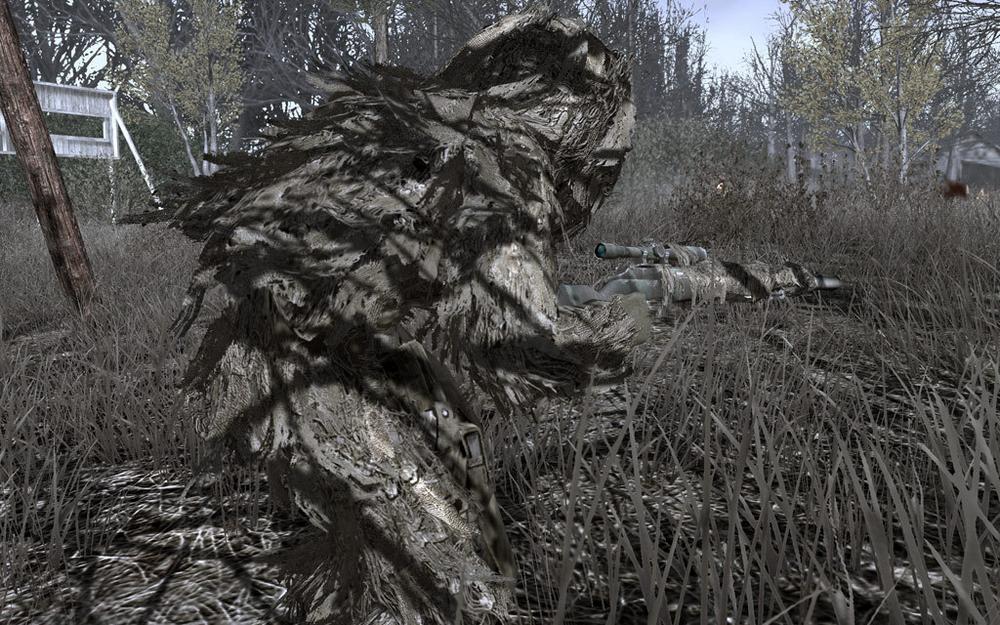
Modern Warfare was the first in the series to switch to a modern fictive conflict. The game AI was a step above COD 3, reacting more realistically, running to get cover when under fire, and shooting back without getting exposed. Such upgrades made the game more immersive, especially for a series renowned for action, and though the AI could be described as weak, Infinity Ward compensated by bombarding you with waves of meat sacks instead of intelligent threats.
One of the modern aspects of this game was loading screens used to show a briefing of the objective ahead, allowing those rocking high-end machines to have a seamless transition from mission to mission.
While the story was good with a lot of action-packed and standout moments (Nuke explosion and AC 130 mission spring to mind), it’s the online multiplayer that got players hooked. At least 16 maps and 13 game modes offering excellent replayability. You just couldn’t stop playing, game after game, the fun was there, each time trying to beat your previous score.
The game was so loved by players that Activision has been attempting to rediscover that winning formula, to varying degrees of success, ever since.
Company of Heroes
Released: September 12, 2006 | Developer: Relic Entertainment | Shop: Company of Heroes at Amazon
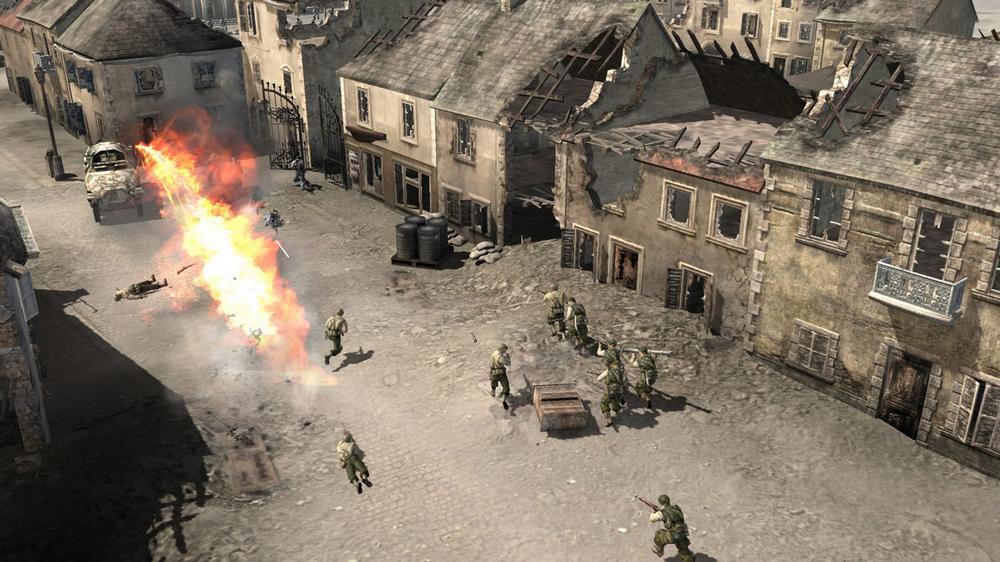
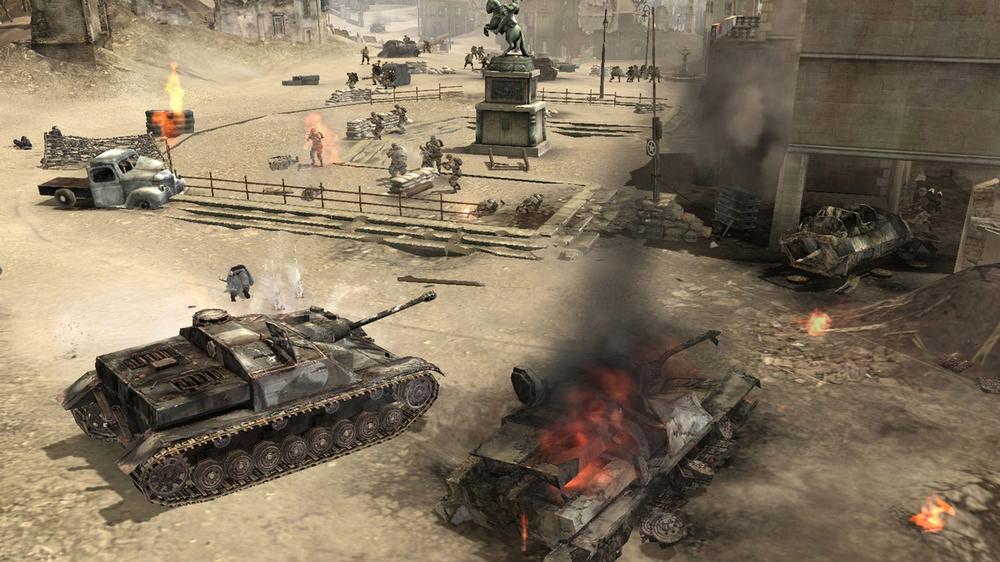
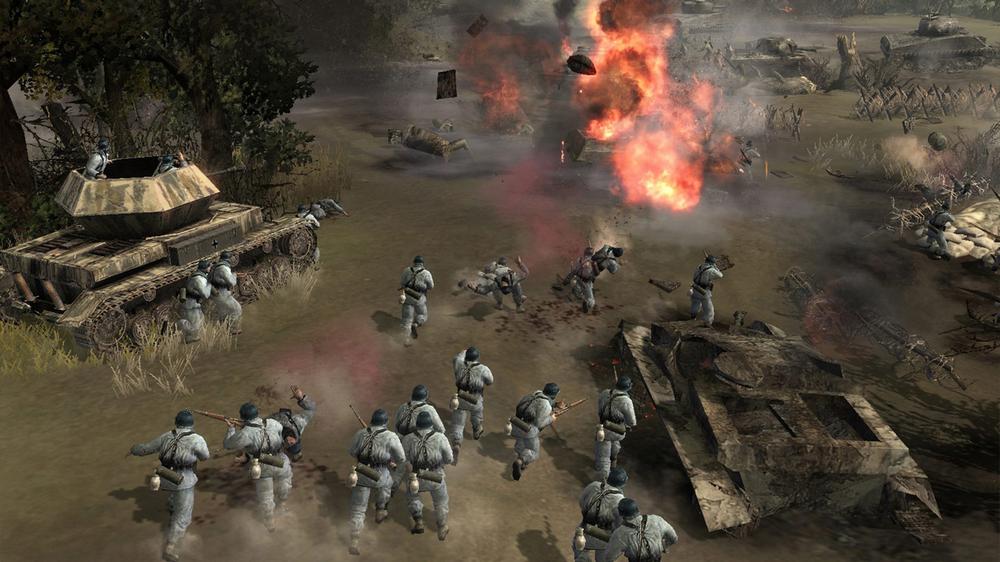
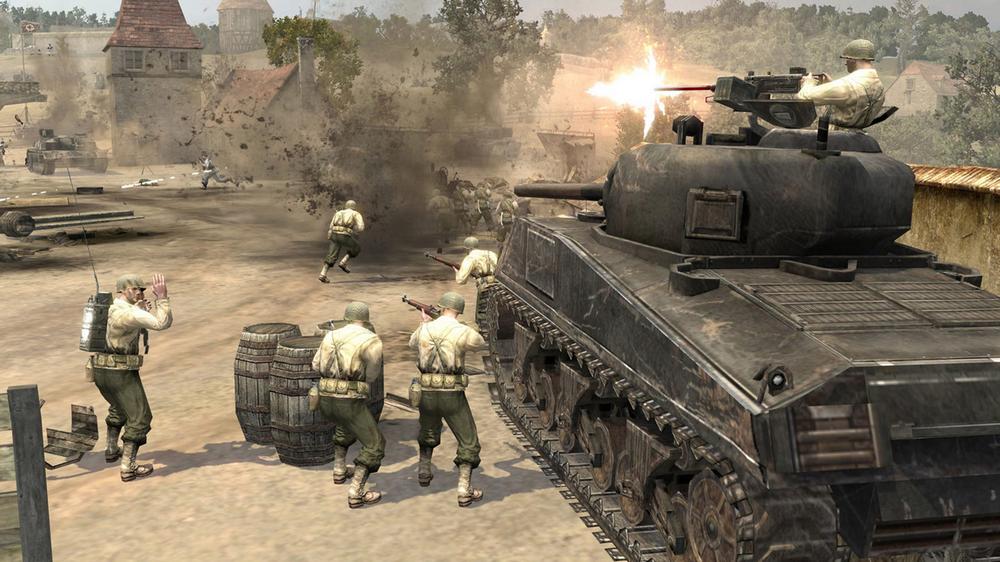
Company of Heroes was one of the first World War II real-time strategy games to get wide recognition thanks to its detailed physics which actively transformed the battlefield from a somewhat war-torn city to a completely devastated zone without a single standing building. My favourite part consisted of calling a bunch of self-propelled artillery pieces and ordering them to fire all at the same time before watching hell rain on the enemies from above.
Unlike many RTS titles, this one is based around capturing strategic resource points which are then used to make more units that get sent to reinforce and help the existing troops in capturing more points, and so on, until reaching the enemy base and destroying it. This meant that, first, resources are infinite so there is always a way to come back from a losing situation given enough time, and second, though hard to pull off, focusing on one resource type – fuel for example – can lock enemies from creating armoured vehicles, thus weakening their firepower.
The campaign is well-designed, structured as if it was a real WW2 operation with multiple primary and secondary objectives. However, it’s in online multiplayer that this game’s mechanics truly shine. Instead of the usual unit spam, COH values each one, allowing them to heal/reinforce back to new condition, while becoming more deadly thanks to gained battle experience. Strategy is obviously very important; mining a bridge or destroying it to force enemies into a chokepoint before sending in a V1 rocket can be devastating. My only complaint would be that vehicle path finding wasn’t great.
From this 2000s game list, Company of Heroes is probably the game that has stood the test of time, with graphics, physics, and gameplay still holding well. As for the series, it is alive and kicking with the third opus released just a couple of weeks ago.
Ten picks are clearly insufficient to contain the number of excellent games released in the 2000s. I can feel the rage building among die-hard fans lamenting certain omissions, but remember, this is all personal experience. There were many more popular games during that memorable decade, including some major award winners, yet the above 10 resonate with me.
Nonetheless, this was a tough list to compile, and I’d be remiss not to include a few honourable mentions. Batman: Arkham Asylum, Halo, Dead Space, Half Life 2, Prince of Persia: The Sands of Time, Hitman: Blood Money, Warhammer 40,000: Dawn of War, and Resident Evil 4 all deserve a mention. And hey, if you weren’t absolutely loving Guitar Hero in 2005, you missed out big time.


